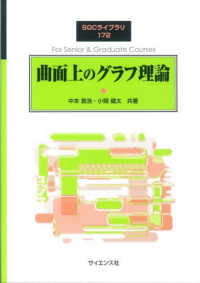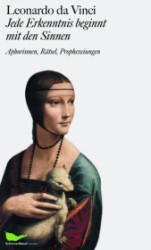Full Description
Mina'i, or polychrome overglaze, ware was made in Iran between the late 12th and the early 13th centuries. However, most pieces in museums have in fact been rebuilt, often from pieces of multiple different vessels with extensive plaster fill and modern overpaint. Only by closely examining unrestored archaeological sherds genuine fragments of pots can we build an authentic picture of what mina'i ware actually looked like. In this innovative book, Richard P. McClary studies sherds in collections around the world to help us to understand the production, decoration and distribution of the wares. He then examines the increased popularity of mina'i ware from the late-19th to the mid-20th century, with a focus on the dealers, collectors and curators, as well as the various types of faking, restoration, repair and conservation that has occurred over the last century.
Contents
List of FiguresList of TablesSeries Editor's ForewordAcknowledgementsNote on Transliteration
INTRODUCTION Overview and Methodological Approaches to Mina'i Ware
CHAPTER 1 Methods and Materials: The Sources of Materials and the Production Processes of Mina'i Ware
CHAPTER 2 A Taxonomic Approach to Mina'i Ware: A System of Classification
CHAPTER 3 Form: The Shapes and Types of Mina'i Ware Vessels and Tiles
CHAPTER 4 Meanings, Motifs and Messages: The Decoration, Iconography and Epigraphy of Mina'i Ware
CHAPTER 5 The Context, Role and Significance of Mina'i Wares in Persian Miniature Painting
CHAPTER 6 Trade and Transportation: The Diffusion of Mina'i Ware in the Medieval Period
CHAPTER 7 Dealers, Collectors and Curators: The Rise in Fascination with Mina'i Ware in the Early Twentieth Century
CHAPTER 8 Reconstruction and Deconstruction: Changes Made to Mina'i Ware Vessels from the Nineteenth to the Twenty-first Centuries
CONCLUSION From Mina'i to Lajvardina
BibliographyIndex








